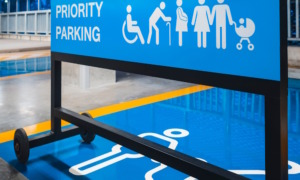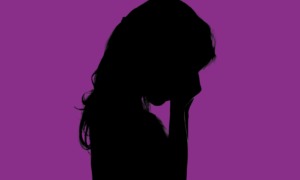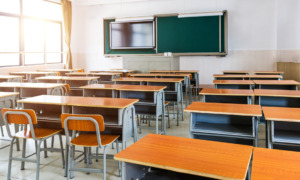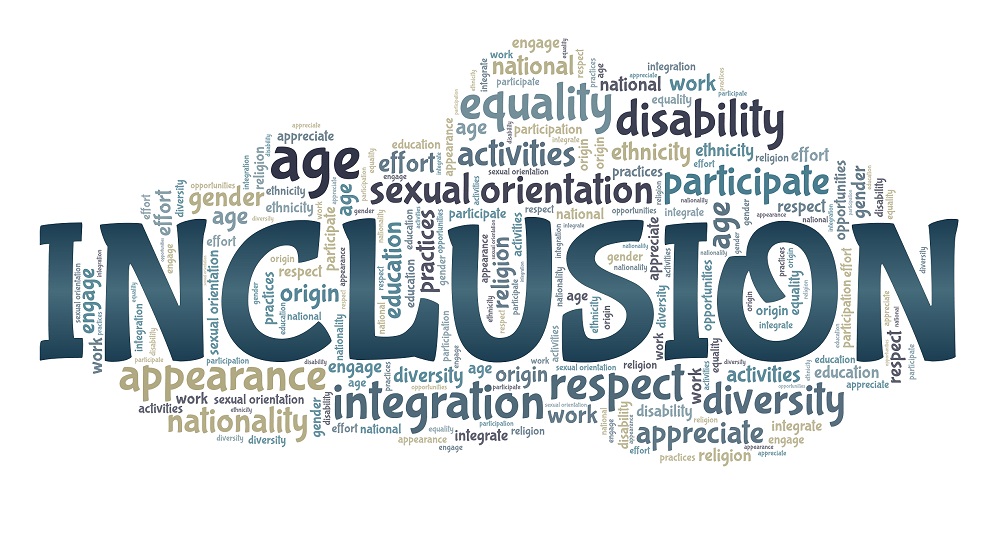 COLORED LIGHTS/SHUTTERSTOCK
COLORED LIGHTS/SHUTTERSTOCK
For the past few months, while writing this column, I have been building relationships with young people who have disabilities. I have learned that there is a strong community, online in particular, where people with all kinds of disabilities share their experiences and support one another. Just about every person I spoke with is involved in some effort to help people with disabilities live better lives.
From speaking to them, I now understand how far off we are as a world from realizing true inclusivity. The spread of COVID-19 has indirectly highlighted issues for people with disabilities, and members of the community feel that this is an opportunity to implement solutions. I spoke with three young women who said they want people to learn from this experience, and that disability issues should not be an afterthought.
Isabella Candanosa, 18, lives in Austin, Texas. She is deaf, autistic and lives with chronic vestibular migraines. Candanosa has worked on disability legislation, helping to pass two laws for the deaf and hard of hearing community in Texas. Currently she runs a blog to raise awareness about people with disabilities and is a social media writer for a hearing aid company called Phonak.
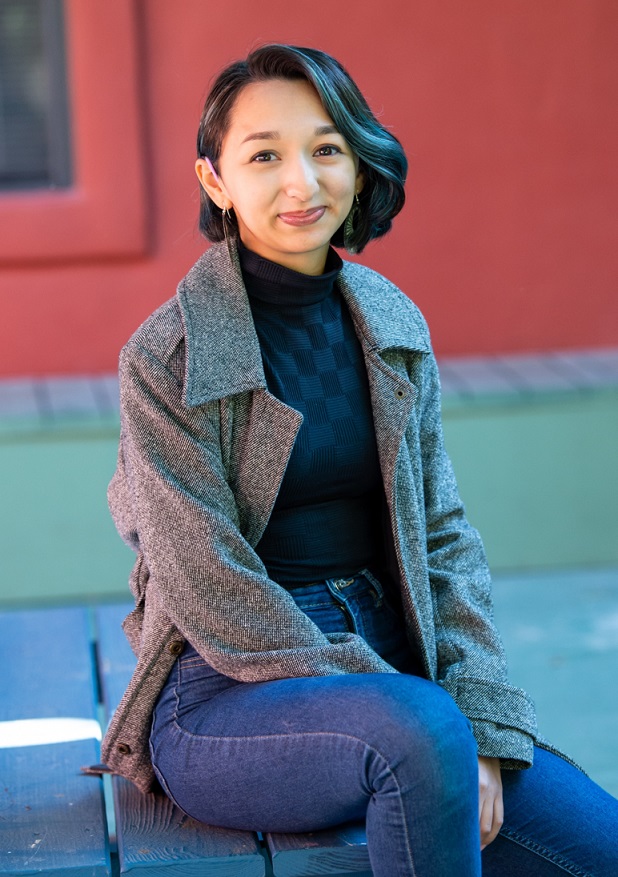
Isabella Candanosa
She told me about the unique challenges COVID-19 has posed to people who are deaf.
“For deaf and hard of hearing individuals like me, we’ve struggled immensely with communication. Face masks make it impossible to read lips, which is a way that many of us are able to communicate with hearing people. This has made going out on essential trips an anxious and even terrifying time,” she said.
One of the lessons she wants people to take away is about accessibility.
“Accessibility is always important, and it’s more possible than we thought it was,” Candanosa said. “Now that we’ve figured out online learning and work, we can implement this in normal times for people with disabilities. People also need to realize that some systems are just not built for everyone.”
Sammy Jones, 23, lives in Lancashire, England, has dysautonomia, a dysfunction of the nerves that regulates nonvoluntary body functions such as heart rate, blood pressure and sweating. She wants people to know that this lifestyle of caution is normal for people who live with different illnesses and disabilities.
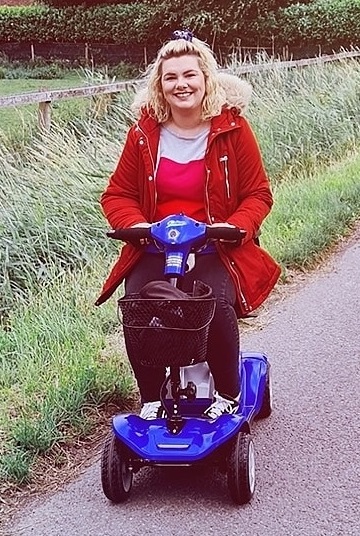
Sammy Jones
“I think people need to understand, as hard as lockdown has been for everyone, they need to realise that for most this is only a short-term measure, people who are chronically ill live a life in lockdown measures for most of their lives. It’s not temporary for everyone,” she said.
She also touched on the fact that COVID-19 has left some people with disabilities without their necessary care.
“A lot of our procedures and treatments have been cancelled due to COVID, which can be extremely detrimental to our bodies.”
In Muncie, Indiana, 30-year-old Monica Engle Thomas weighed in on what lessons she wants people to take away from the pandemic. Thomas has a hereditary peripheral neuropathy called Charcot-Marie-Tooth disease (CMT) which affects the nerves in her legs, feet, arms and hands. There are many different types and subtypes of CMT. She has type 2A and is a full-time wheelchair user.
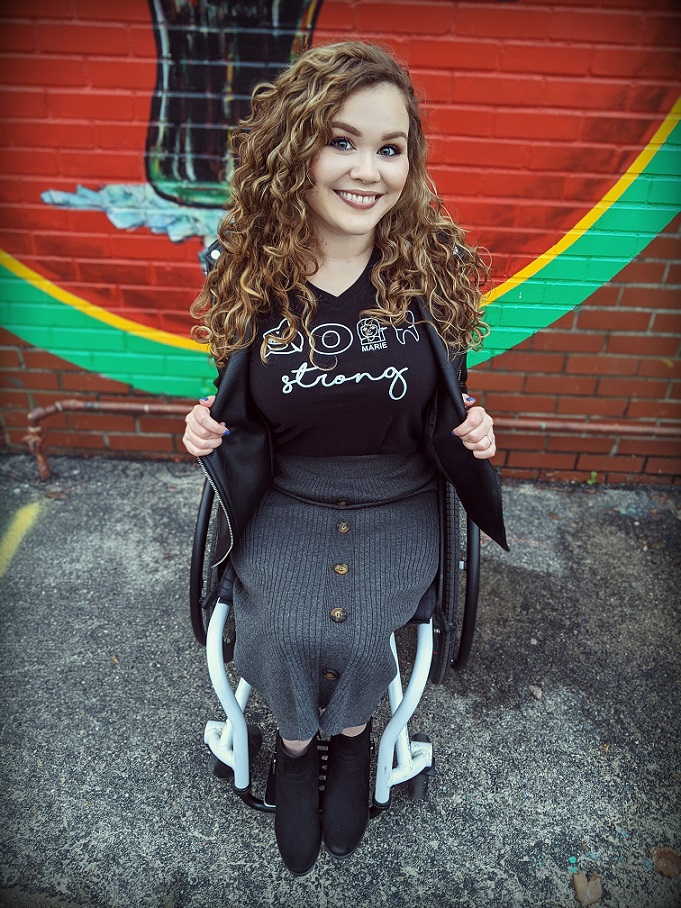
Monica Engle Thomas
“I hope that disabled and able-bodied people alike watched carefully as accommodations were made overnight for things like working from home. Disabled people have been locked out of the workplace for decades, with unrelated job requirements blocking us from even applying. COVID put a big, bright spotlight on the fact that working from home is possible and productive,” Thomas said.
She has some hopes for when the pandemic ends. “When this is over, I hope we’ve learned that doing things just because that’s the way they’ve always been done is a terrible reason to keep doing them. I hope the world continues to open up for disabled people to have a seat at the table,” she said.
Like others I have spoken with, Candanosa said that disability issues should no longer take a backseat.
“Accessibility should not be an afterthought, and systems should be designed with disabled people in mind. Every one of us is different, what may be accessible for one person might be completely inaccessible for another. We must have open conversations about the needs of disabled people in order to set up learning/working systems that work well for everyone,” she said.
With any objective, I believe it is important to listen to the people who are directly affected by the issues. From writing this column I have learned that young people with disabilities are not only capable of advocating for themselves, they are also united as a community. COVID-19 has shown us that with some effort we can create inclusive, accessible environments for all people.
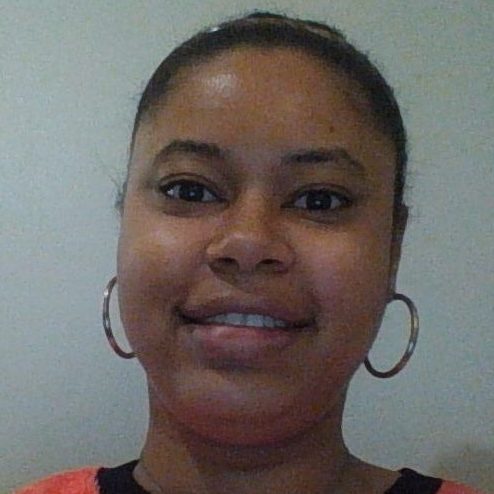
Deandra Mouzon
Deandra Mouzon is a Georgia-based journalist who received a B.A. in journalism from CUNY’s York College. Currently she is working on a publication about youth with disabilities.


